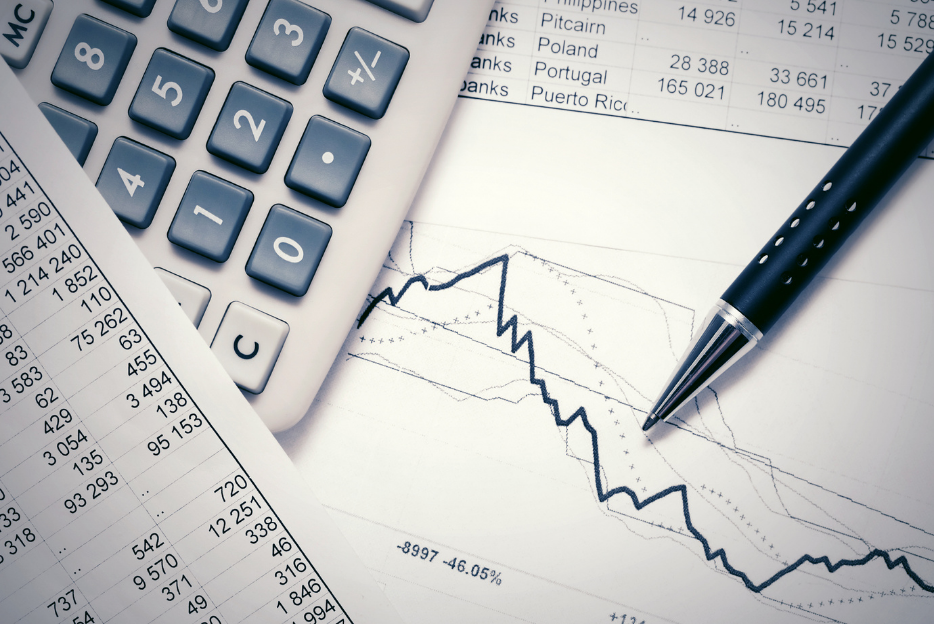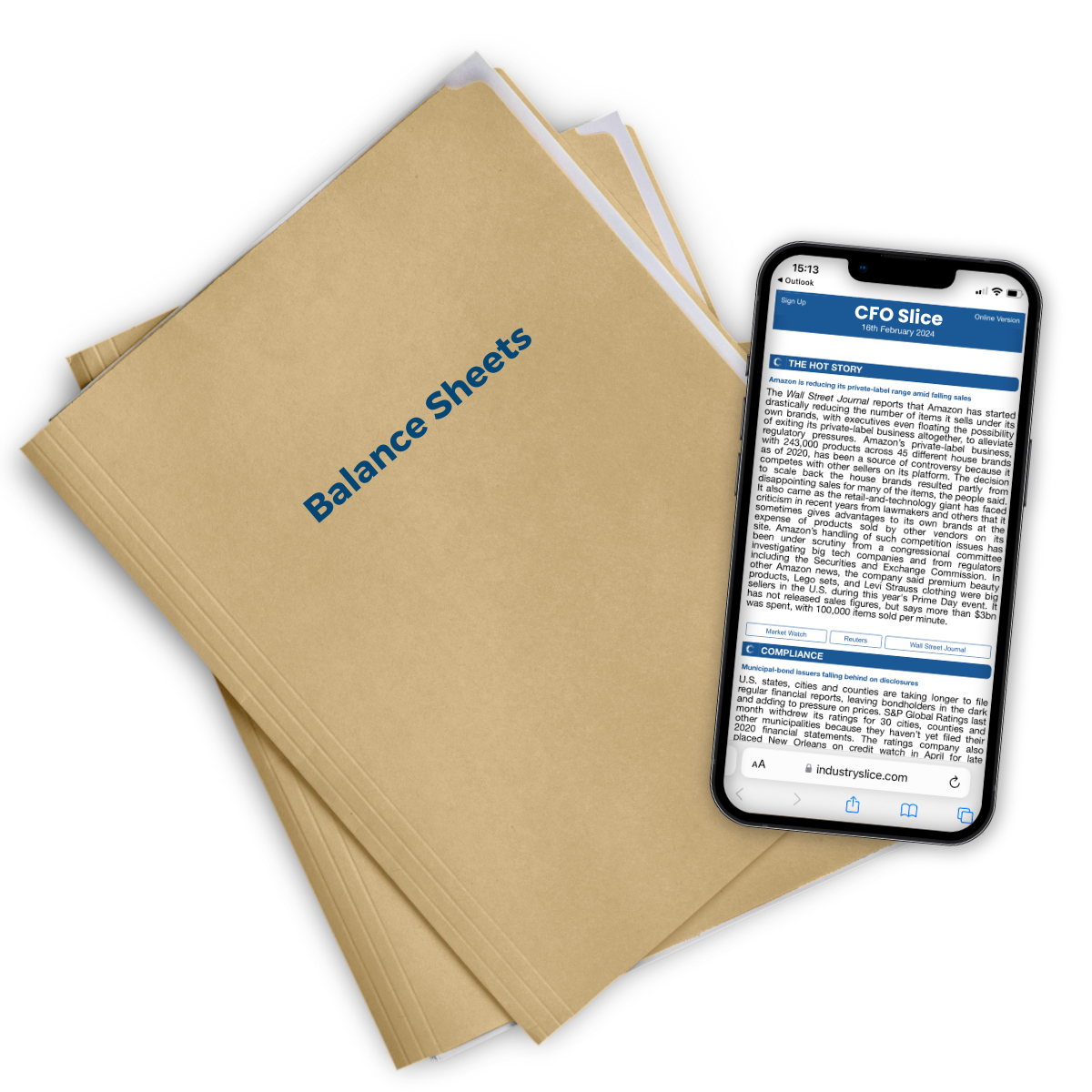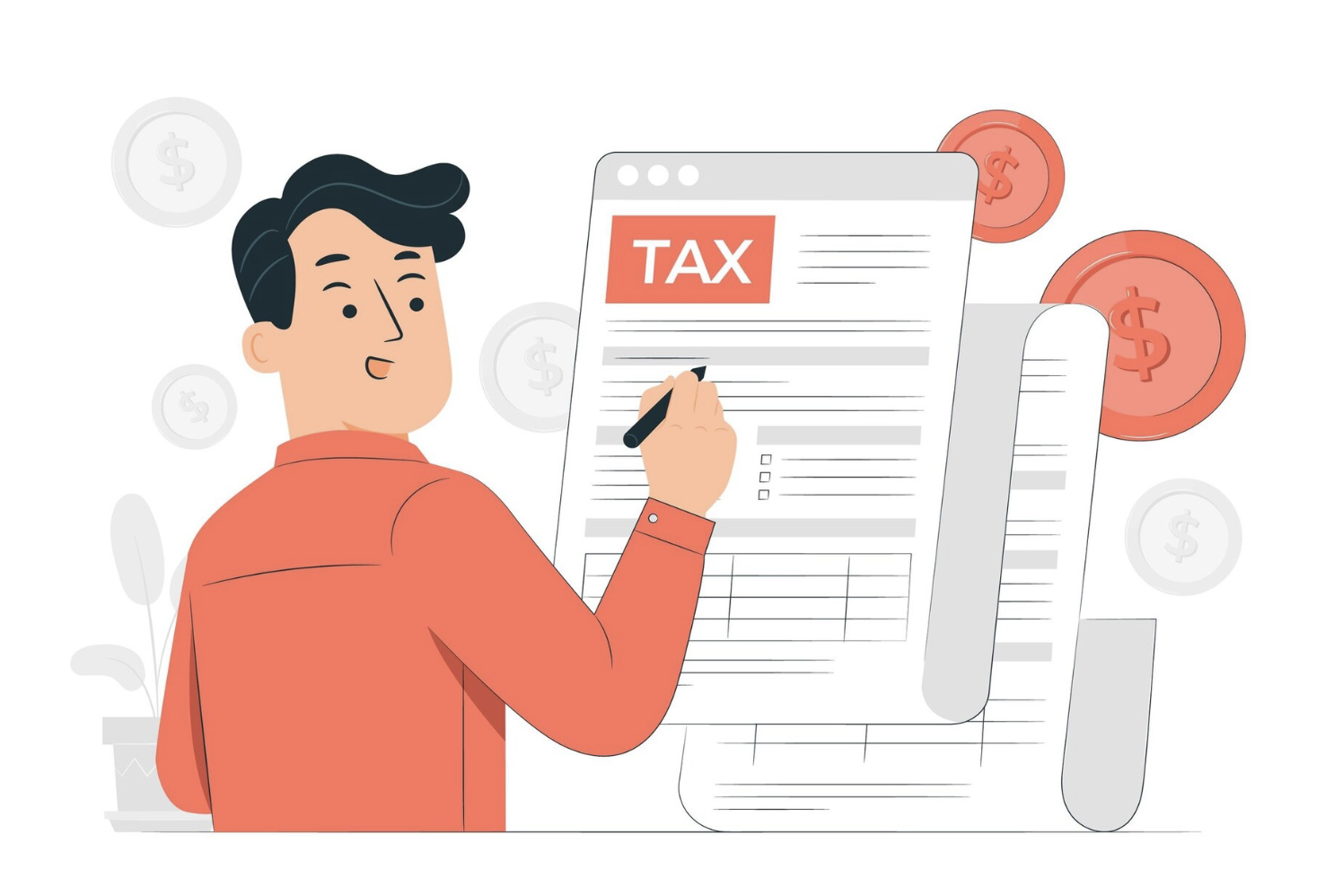You’re all signed up for CFO Slice
Thank you for your interest in our service.
Watch out for a confirmation email from our subscriptions team. Once you have confirmed you will join the worldwide community of thousands of subscribers who are receiving daily CFO intelligence to lead, innovate and grow.
Note: Due to the nature of this message you may find this in your "promotions" or "spam" folders, please check there. If nothing arrives within a few minutes let us know. If you do not receive this email we will be happy to help get you set up.
Adding the email address news@industryslice.com, will help to ensure all newsletters arrive directly to your inbox.
Recent Editions

CFO Slice
CFOs are increasingly focusing on receivables innovation to enhance cash flow and agility, according to PYMNTS. Over 80% of surveyed CFOs plan to implement AI for predictive analytics, automated collections, and real-time billing visibility. This shift from traditional cost-cutting to optimizing the cash cycle is driven by the need to unlock trapped capital and improve customer experience. The PYMNTS report highlights that 77.9% of CFOs prioritize cash flow cycle improvements, with 93.5% of strategic movers emphasizing its importance. By modernizing receivables, CFOs aim to accelerate cash conversion and strengthen corporate resilience amid economic volatility under the Trump administration.
Full Issue











